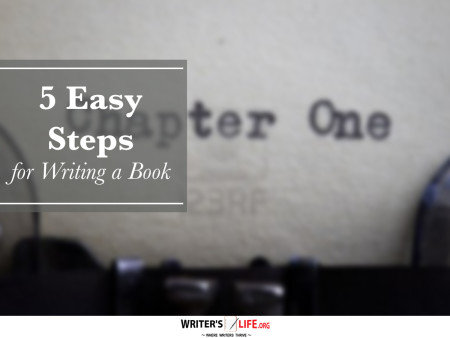- How To Tackle Jealousy In Creative Writing
- Common Submission Mistakes
- How To Stop Your Blog Becoming Boring
- The One Thing Every Successful Writer Has In Common
- How To Make Yourself Aware Of Publishing Scams
- Why Almost ALL Writers Make These Grammar Mistakes At Some Point
- 5 Tips For Authors On How To Deal With Rejection
- Top Mistakes to Avoid When Writing a Novel
- How to Avoid Common New Writer Mistakes
- 10 Mistakes New Fiction Writers Make
Scene Transitions – 5 Simple Tips for Seamless Writing
Scene transitions are like the connective tissue that holds your story together. Done poorly, they can become painful speed bumps, jarring the reader out of the narrative. But when executed flawlessly, they glide the reader so smoothly from one scene to the next that they're barely aware of the shift.
Why Scene Transitions Matter More Than You Think
Scene transitions are the glue that keeps your narrative from falling apart or feeling disjointed. You know that moment when you’re watching a movie and the scene cuts awkwardly, taking you out of the moment? The same thing can happen in your writing if you don’t pay attention to transitions. They ensure that your readers never have a ‘wait, what happened?’ moment. A good transition whispers instead of shouts.
Picture this: you’re weaving a beautiful fabric, and every transition is another stitch. Skip too many stitches, and your fabric becomes a tangled mess. By being seamless, these connections create a smooth reading experience where the reader feels like they are on a well-oiled train journey, rather than a bumpy car ride through the mountains.
Use Scene Transitions to Maintain Your Story's Flow
Flow is that elusive unicorn everyone talks about. When you're in it, writing feels effortless. When you're not, every word is a struggle. A key ingredient of flow in writing is seamless scene transitions. They’re the unsung heroes, tiptoeing around in the background, making sure the story runs smoothly without asking for applause.
Imagine you're in a conversation that switches topics too abruptly—it's disconcerting, right? The same goes for your writing. To maintain that smooth river of narrative, make sure your transitions are so natural that they’re almost invisible. Mix narrative summaries, connector phrases, or subtle thematic images to glide between scenes effortlessly.
Crafting Scene Transitions with Sensory Details
Think of sensory details as magic portals into new scenes. These details immerse readers, almost 'smelling' the change in setting before even realizing it. For example, I once wrote a transition between a humid, suburban summer to a chilling, city winter. By describing the character's goosebumps responding to a sudden chill, I lead the reader seamlessly from one scene to the next without missing a beat.
Incorporating sensory details ensures readers engage more deeply with your story. Instead of bluntly stating,



























